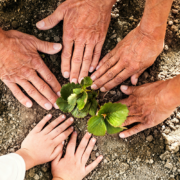Inuit Coexistence with Polar Bears in the Context of Climate Change
Polar bears and humans – especially Inuit – have a symbiotic relationship. This close relationship reveals the impact of climate change on both polar bears and Inuit, and points to the possibilities for climate adaptation.
Several compounding effects of climate threats experienced by polar bears and humans are highlighted by Polar Bears International. For example, climate warming largely created by human and industrial consumption of fossil fuels has led to longer seasonal periods where no Arctic ice is formed. Consequently, polar bears go through longer fasting periods, which in turn decreases the bear population. The potential for polar bear population collapse can be mitigated through conservation practices, including community-based wildlife management and conservation-hunting to counter overharvesting and unregulated commercial and sport hunting. These management practices would also contribute to “preserving the Inuit connection to the land and their cultural identity.”
As the Arctic becomes warmer, and at a fast rate, the relationship of polar bears – a predator at the top of the food chain – with birds and humans, changes. Melting sea ice results in polar bears spending more time on shore and this encourages the likelihood for conflicts with humans. Shrinking sea ice dramatically reduces the polar bears’ usual hunting range, such that the bears will hunt for food alternatives, like bird eggs, on the land. Climate change also slows down ocean currents and can contribute to extreme weather occurrences during the winter months. The wind and ocean currents carry high loads of toxicity and pollutants. When polar bears eat fish and seals, they “absorb [pollutants] at higher levels.” Reducing pollutants will help both the bears and humans, especially in the context weather extremes associated with climate change.
Canada is the home to two-thirds of the world’s polar bear population. Polar bears are a species of concern under Canada’s Species at Risk Act (SARA) and are a protected species under provincial and territorial legislation. Harvest management practices that adapt to climate change assist Inuit to maintain their cultural links with polar bears and other wildlife, and can facilitate the conservation of polar bear species in Canada. The International Union for Conservation and Nature has classified the polar bear as a vulnerable species.
Since 2016, the collaborative research project BEARWATCH has been monitoring the impacts of Arctic climate change through polar bear activity, genomics, and Traditional Ecological Knowledge in and around the Inuit community of Gjoa Haven, located on the southeast coast of King William Island, North of the Arctic Circle. The project’s team has developed a toolkit for analyzing the molecular composition of bear droppings, or bear “scat,” in order to better monitor the polar bear population and to support and sustain Indigenous community-based monitoring programs.
Facilitating meaningful engagement of Inuit in collaborative climate change research and policy development could not only bring recognition and respect for Inuit ways of knowing and livelihoods, but could also help to sustain the strong cultural, environmental, and economic connections between Inuit and polar bears.
By Leela Viswanathan
(Image Credit: Noaa, Unsplash)

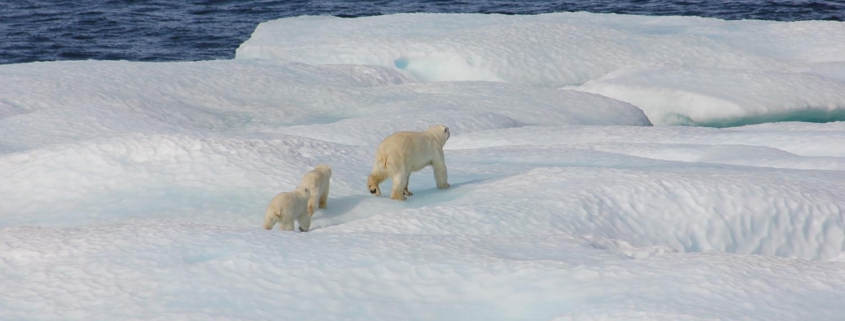
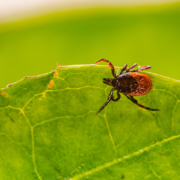 Erik Kartis, Unsplash
Erik Kartis, Unsplash
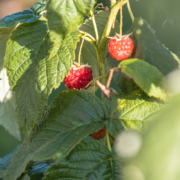 Christian Wiediger, Unsplash
Christian Wiediger, Unsplash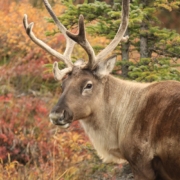
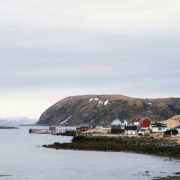 Unsplash Community, Licensed
Unsplash Community, Licensed